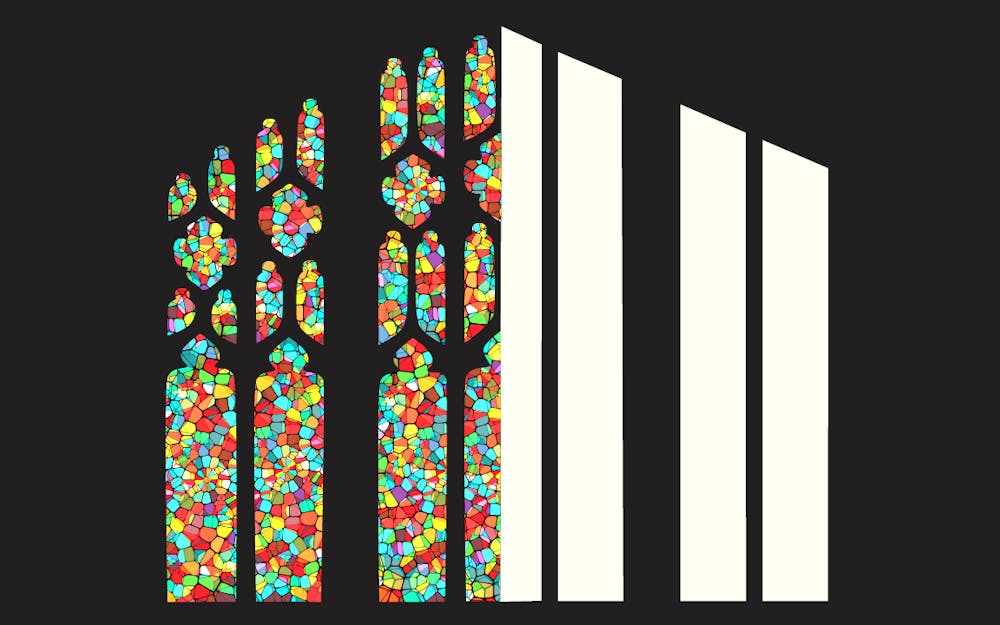It is no secret that modern architecture has become a drag in comparison to buildings of old. One would think with advanced technology, creating more intricate and interesting designs would be easier and more common. However, recent years have proven the opposite is true.
Modern architecture suffers from a lack of creativity and innovation, creating buildings that lack character and personality, and resulting in an uninspiring architectural landscape.
When looking at architecture, it is imperative to place buildings in a historical context.
Older architectural marvels were often crafted by hand with meticulous attention to detail. The craftsmanship, intricate designs and manual labor involved in creating these structures contribute to their appeal. As a result, these buildings often hold historical significance due to their age, cultural relevance and their prominent levels of artistry. Their longevity and the historical context they represent can make them seem more remarkable.
This decrease in artistry has been replaced by an emphasis on practicality. With this, construction has transitioned to be more economical, where the goal is to find the cheapest materials instead of what looks best, leading to entire cities where functionality has been prioritized over features.
Perhaps the reason we view ancient architecture as more beautiful is because of survivorship bias. It’s not that drab or boring buildings didn’t exist in ancient times, it’s just that only the most impressive structures were documented and remembered in history. Think back to the construction of grandiose Greek temples, Corinthian columns and impressive marble statues. It almost saddens me to look at so-called modern “art” in comparison to ancient times.
These complex and wonderful buildings all have a few key features in common. They are all constructed out of limestone or marble and long-lasting materials –– no doubt the reason these impressive structures have managed to survive nearly a thousand years. These buildings survived because those who originally constructed them had the money to maintain them. Buildings with less thought and dollars put into their production did not stand the test of time. As a result, many of the buildings we remember in that era were the most ornate, complex and expensive ones and are perhaps not an actual representation of the time.
But if survivorship bias is truly to blame, then where are the Parthenons of today?
Although modern architecture is bland, it is nonetheless astounding that a post office box in New York City looks the exact same as a post office box in Los Angeles. This is, of course, the result of mass production. Mass production has enabled buildings to be built faster and more efficiently while reducing costs. This has allowed for more buildings to be built and more people all over the world to have access to modern infrastructure.
Unfortunately, that comes with a downside: now, everything looks the same. This lack of creativity and innovation has led to less diversity, as people are limited to the same materials and designs. This results in an absence of uniqueness and character in many of the world's cities.
As technology has advanced, so has the need for cheaper, mass-produced materials. This has led to a decrease in skilled craftsmanship and therefore, a decrease in the aesthetic quality of buildings. As a result, many old buildings have been demolished and replaced by more modern designs that lack the same character and charm.
While we may never return to the wonders and intricacies of ancient architecture, we can learn to appreciate the historical beauty of ancient structures that remain.
Ainsley Foster (she/her) is a sophomore studying elementary education.






